
August 16, 2023
Famous Freedom Fighters of India and their contribution
India’s freedom movement against the British was witness to an large participation of people throughout the country. Thousands of men and women fought together against atrocities of the British Raj, while many of them, selflessly gave their lives to protect the dignity of their motherland, others got injured and embraced imprisonment.
Let us know about the brave freedom fighters of India who gave their lives to achieve freedom for their beloved motherland: –
Bhagat Singh
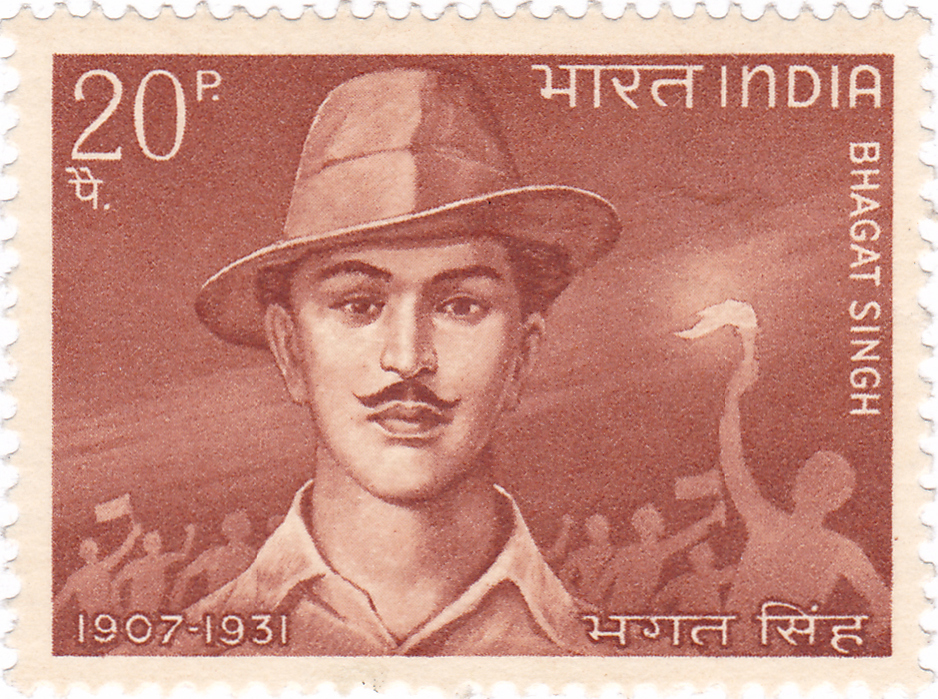 @The Supreme Rights ©2023
@The Supreme Rights ©2023
Bhagat Singh, a charismatic revolutionary who died on March 23, 1931, took part in the erroneous murder of a young British police officer as vengeance for the killing of an Indian nationalist. He then participated in a symbolic bombing of the Central Legislative Assembly in Delhi and went on a hunger strike while imprisoned, which led to positive coverage in Indian-owned newspapers and made him well-known in the Punjab region.
Subhas Chandra Bose
 @The Supreme Rights ©2023A patriot, Subhas Chandra Bose (23 January 1897 – 18 August 1945) was. Netaji ‘Netaji’ was the well-known moniker given to Subhas Chandra Bose. He became India’s greatest hero because of his unwavering patriotism. ‘Tum Mujhe Khoon Do, Main Tumhe Aazadi Dunga’ and ‘Delhi Chalo’ are two of his catchphrases. He founded the Azad Hind Fauj and made numerous contributions to the liberation movement in India. He is renowned for his aggressive style and socialist platform, which he used to win independence.
@The Supreme Rights ©2023A patriot, Subhas Chandra Bose (23 January 1897 – 18 August 1945) was. Netaji ‘Netaji’ was the well-known moniker given to Subhas Chandra Bose. He became India’s greatest hero because of his unwavering patriotism. ‘Tum Mujhe Khoon Do, Main Tumhe Aazadi Dunga’ and ‘Delhi Chalo’ are two of his catchphrases. He founded the Azad Hind Fauj and made numerous contributions to the liberation movement in India. He is renowned for his aggressive style and socialist platform, which he used to win independence.
Mahatma Gandhi
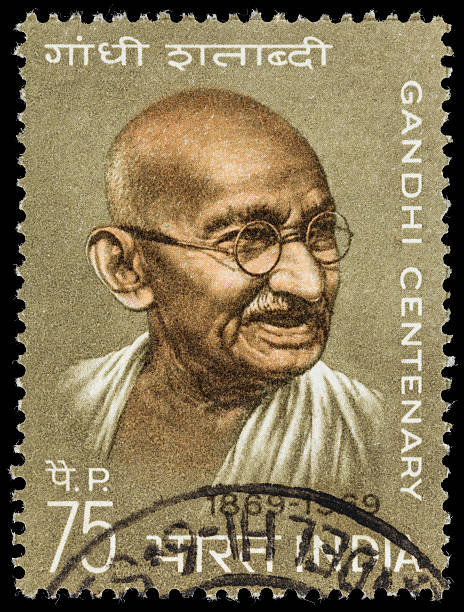 @The Supreme Rights ©2023
@The Supreme Rights ©2023
In Porbandar, Gujarat, Mahatma Gandhi was born on October 2nd, 1869. Known for being regarded as the Father of the Nation. According to a UNO statement, his birthday, October 2nd, is observed as Gandhi Jayanti in India and as the “International Day of Non-Violence” (Antarrashtriya Ahimsa Diwas) around the world. He was conceived by Putali bai and Karamchand Gandhi. He looked up to Gopal Krishna Gokhale in politics. Indian Opinion, Harijan, and Young India are among of his best-known works. ‘BAPU’ and ‘GANDHIJI’ are two names given to him.
Bal Gangadhar Tilak
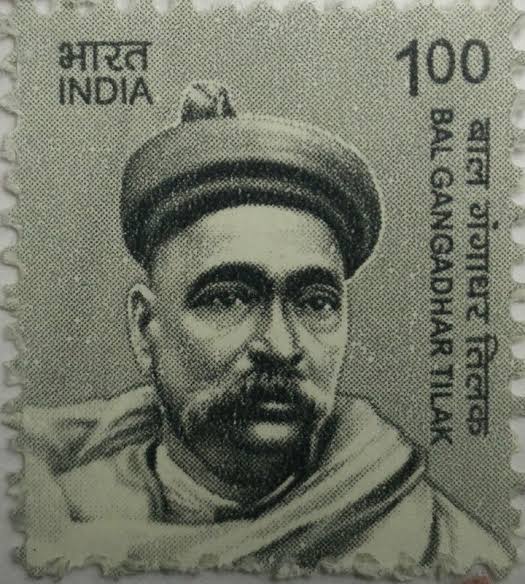 @The Supreme Rights ©2023
@The Supreme Rights ©2023
Bal Gangadhar Tilak, better known as Lokmanya, was a patriot, activist, and teacher. He belongs to the trio known as LALBAL. He was the movement’s first leader in favor of independence. “Lokmanya,” which translates to “accepted by the people as their leader,” is his given name.Mahatma Gandhi dubbed him “The Maker of Modern India.” His well-known Marathi proclamation, “Swaraj is my birthright and I shall have it!”
Dr. Rajendra Prasad
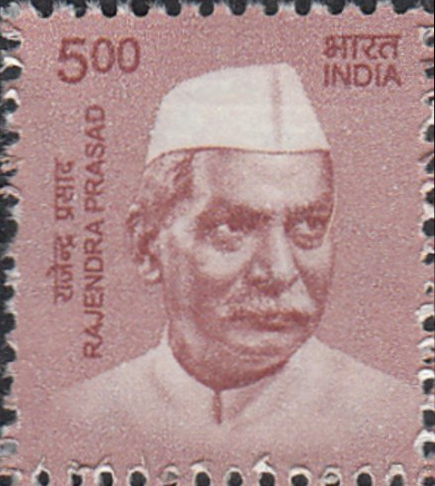 @The Supreme Rights ©2023
@The Supreme Rights ©2023
Rajendra Prasad, an Indian politician, lawyer, activist, journalist, and academic who lived from 3 December 1884 to 28 February 1963, was the country’s first president from 1950 to 1962. Prasad, a supporter of Mahatma Gandhi, was imprisoned during the Quit India campaign in 1942 and the Satyagraha in 1931. At the federal level, Prasad held the position of Minister of Food and Agriculture. Prasad was unanimously chosen to serve as India’s first president after the country gained independence in 1947. Ajata Shatru, another name for someone without foes.
Lal Bahadur Shastri
 @The Supreme Rights ©2023
@The Supreme Rights ©2023
Lal Bahadur Shastri, an Indian politician and statesman, was the country’s second prime minister and sixth home minister from 2 October 1904 until 11 January 1966. He championed the White Revolution, a federal initiative to boost milk production and availability. In order to enhance food production in India, particularly in the states of Punjab, Haryana, and Uttar Pradesh, Shastri also started the Green Revolution.
Sardar Vallabhbhai Bhai Patel
 @The Supreme Rights ©2023
@The Supreme Rights ©2023
Sardar Vallabhbhai Bhai Patel, often known as Sardar, was an Indian lawyer, prominent political figure, barrister, and statesman who lived from October 31, 1875, to December 15, 1950. He held the positions of India’s first home minister and first deputy minister. He is also referred to as the “IRONMAN” and the “UNIFIER OF INDIA.”
Jawaharlal Nehru
 The Supreme Rights ©2023
The Supreme Rights ©2023
On November 14, 1889, in Allahabad, Pt. Nehru was born. He received private instruction at home to complete his early schooling. He enrolled in Harrow School in England when he was 15 years old. He moved to Cambridge for additional study after two years. He earned his legal degree in London and passed the bar exam. He went back to India in 1912 and entered politics right away. He is renowned for his warmth and devotion towards kids. Following his passing, November 14 is observed as Children’s Day to commemorate his birthdate.
Gopal Krishna Gokhale
 The Supreme Rights ©2023
The Supreme Rights ©2023
Gopal Krishna Gokhale, a social reformer who was born on May 9, 1866, and died in February 1915, created a sect to help the poor in India. He belongs to the group of reasonable nationalists who support independence. GL Gokhale served as Mahatma Gandhi’s political mentor.
Chandra Shekhar Azad
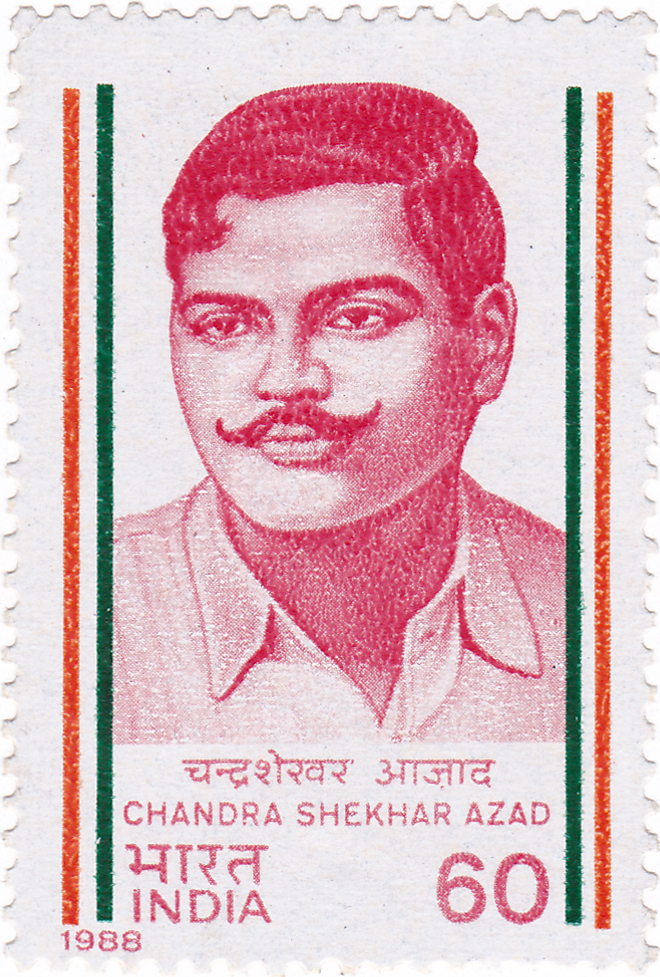 The Supreme Rights ©2023
The Supreme Rights ©2023
One of the most significant liberation fighters in the history of the Indian Independence Movement was Chandra Shekhar Azad. Azad reorganized the Hindustan Republican Association (HRA) upon the passing of its founder Ramprasad Bismil. Pandit Sitaram Tiwari and Jagran Devi gave birth to him on July 23, 1906, in the Madhya Pradesh village of Bhavra. Azad’s mother sent him to Kashi Vidyapeeth for his schooling because she wanted him to be a Sanskrit scholar. He joined the Mahatma Gandhi-led movement for non-cooperation after becoming drawn to independence-related concepts. When he was 15 years old and brought before the district magistrate, he was given the names Azad, Swatantrata, and Jail for his father and his residence.
Dadabhai Naoroji
 The Supreme Rights ©2023
The Supreme Rights ©2023
Dadabhai Naoroji, popularly known as the “Grand Old Man of India” and the “Unofficial Ambassador of India,” was an Indian political figure, author, and academic who lived from 4 September 1825 to 30 June 1917. He served as president three times, in 1886, 1893, and 1906. He was a founding member of the Indian National Congress. Through the publication of his book Poverty and Un-British Rule in India, his “wealth drain” theory gained popularity.
Tantia Tope
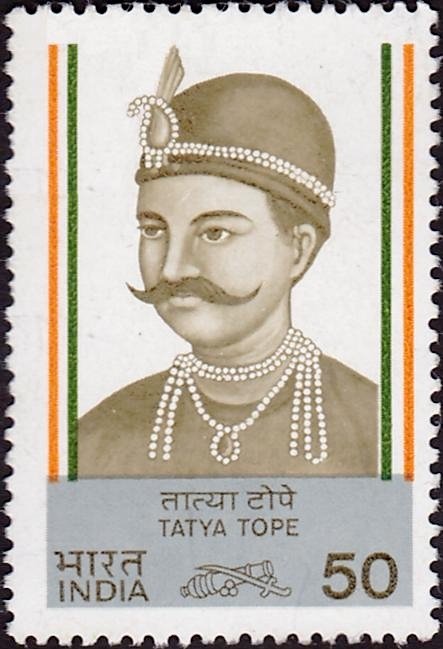 The Supreme Rights ©2023
The Supreme Rights ©2023
Tantia Tope, also known as Tatya Tope, was a prominent general in the Indian Rebellion of 1857. He lived from 16 February 1814 to 18 April 1859. He had no formal military experience, but is yet regarded as one of the best and most successful rebel generals in India’s war for independence. His birthplace was Yeola, close to Nasik. The title “Tope,” which means “commanding officer,” was given to Tantia. His given name, Tantia, is general. He traveled with the Gwalior contingent when the British retook control of Kanpur (then known as Cawnpore), where he was Nana Saheb of Bithur’s supporter. Gwalior was taken over by Tantia Tope and Rani Lakshmibai of Jhansi. General Napier eventually overcame him.
Bipin Chandra Pal
 The Supreme Rights ©2023
The Supreme Rights ©2023
Bipin Chandra Pal, also referred to as the “Father of Revolutionary Thoughts in India,” was born in Habiganj District, modern-day Bangladesh, on November 7, 1858. He came from a prosperous Hindu family. Persian scholar was Pal’s father. He was greatly influenced by Aurobindo Ghosh, Lal, and Bal. He began to spread’swaraj’ among Indians. Indian Nationalism, Swaraj and Nationality and Empire, The Basis of Social Reform, The New Spirit and Studies in Hinduism, and The Soul of India are some of his most well-known works.
Lala Lajpat Rai
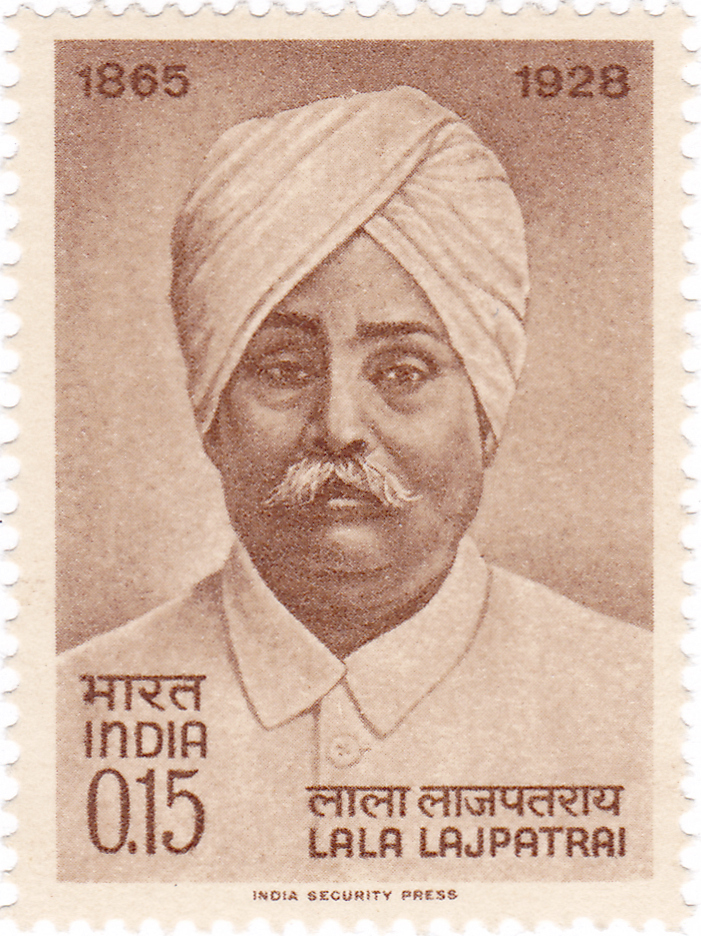 The Supreme Rights ©2023
The Supreme Rights ©2023
Lala Lajpat Rai, well known as Punjab Kesari, was an outstanding author, politician, and independence fighter. He was one of the trio that made up Lal Bal Pal. His best-known works include The Story of My Deportation, USA: A Hindu Impression, and Arya Samaj.
Ashfaqullah Khan
 The Supreme Rights ©2023
The Supreme Rights ©2023
On October 22, 1900, Ashfaqullah Khan was born. He was a freedom warrior who, along with Ram Prasad Bismil, was found guilty of the Kakori train heist and sentenced to death in 1925. He was also held In the jail in Faizabad. In April 1972, he received the death penalty.
Nana Saheb Peshwa II
 The Supreme Rights ©2023
The Supreme Rights ©2023
Nana Saheb Peshwa II, also known as Dhondu Pant and reigning during the 1857 Rebellion, was a famous soldier and nobleman who lived from 19 May 1824 to 24 September 1859. Because Nana Saheb was Maratha Peshwa II’s adoptive son, the East India Company refused to provide him a pension. He joined the 1857 uprising as a result of the British government’s Standard policies.
Sukhdev Thapar
 The Supreme Rights ©2023
The Supreme Rights ©2023
Sukhdev Thapar was born in Ludhiana, Punjab, on 15 May 1907. His parents were Ramlal Thapar and Ralli Devi. He belongs to the Hindu Community of the Khatri family. After his father’s death, he was brought up by his uncle. He worked as an Indian revolutionary who worked to make India independent along with Bhagat Singh and Shivaram Rajguru. He was among the senior member of HSRA, he was hanged on 23 March 1931 at the age of 23 Britishers.
Kunwar Singh
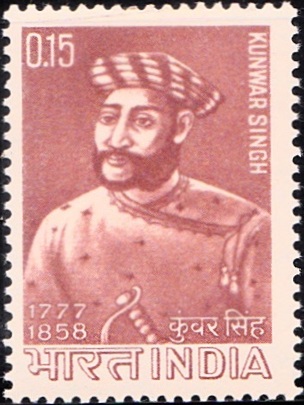 The Supreme Rights ©2023
The Supreme Rights ©2023
Kunwar Singh is also known as Veer Kunwar Singh or Veer Babu Kunwar Singh. He was born on November 13, 1777, and passed away on April 26, 1858. He is a native of the Bihar district of Bhojpur’s Ujjainiya Caln. He was in charge of planning the battle in Bihar against the British.
Mangal Pandey
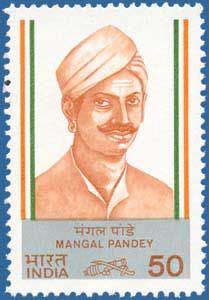 The Supreme Rights ©2023
The Supreme Rights ©2023
Great Indian soldier Mangal Pandey was a key figure in the 1857 Rebellion. He is a member of the 34th regiment of Bengal Native Infantry. In 1984, the Indian government released a postage stamp in his honor. His assault on the British, which became recognized as the Sepoy mutiny’s first significant incident, was carried out by the first Indian soldier.
Vinayak Damodar Savarkar
 The Supreme Rights ©2023
The Supreme Rights ©2023
Vinayak Damodar Savarkar ( 28 May 1883 – 26 February 1966) known among followers by the honorific prefix Veer, was an Indian politician, activist, and writer. He was a leading face of Hindu Mahasabha. Savarkar was an atheist but a pragmatic practitioner of Hindu philosophy. His book THE WAR OF INDEPENDENCE was banned by British colonial authorities. {Here, You read the top 20 Freedom Fighters of India and their contribution to the country. Along with the Indian men, Indian women also contributed to Indian freedom. One cannot ignore the role played by women in the fight for India’s independence. Many strong women spoke out in opposition to British authority. Many women flocked to the streets, marched in procession, gave speeches, and staged protests. These women exhibited great bravery and fervent patriotism.
Female Freedom Fighters of India: –
Rani Laxmi Bai

The Rani of Jhansi, Lakshmi Bai, has had a greater psychological impact on the Indian people than any other woman fighter in Indian history. She was the second wife of Raja Gangadhar Rao, the monarch of Jhansi, who resisted the “Doctrine of Lapse.” She heroically battled while dressed as a man during the Revolt of 1857, refused to give up Jhansi, and died on the battlefield battling the British army. Many Indians were inspired by her bravery to rebel against foreign rule.
Begum Hazrat Mahal
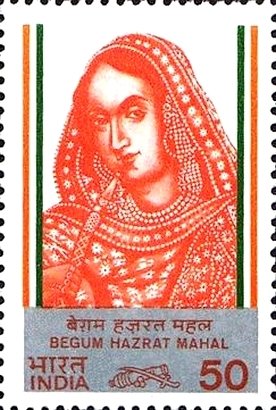
In this regard, Hazrat Mahal Begum is another figure that comes to mind. She was the spouse of the ousted ruler of Lucknow and actively participated in the uprising of 1857 against Dalhousie’s demand that she cede control of Lucknow under the Doctrine of Lapse. She resisted vehemently. But she fled to Kathmandu after Lucknow was overthrown.
Kasturba Gandhi
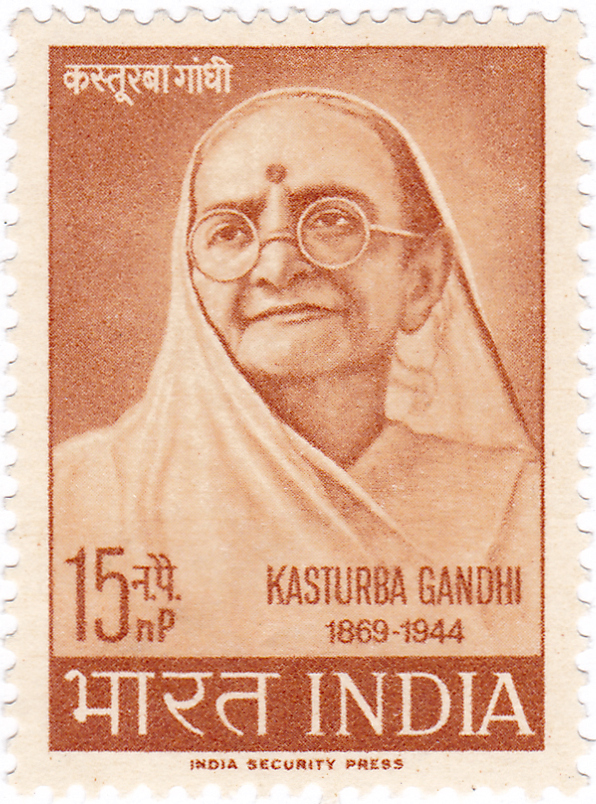
The wife of Mahatma Gandhi, Kasturba, was a leading advocate for Gandhi’s causes. She participated in the Quit India Movement (1942) and was arrested, making her one of the first women to be imprisoned in the Transvaal. While a prisoner in Poona, she passed away.
Kamla Nehru
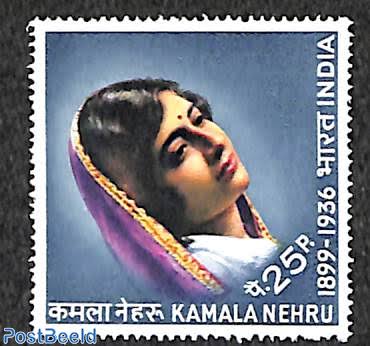
Kamala Nehru, who wed Jawaharlal Nehru in 1916, took part in a number of movements and was the movement’s leader. She was a key organizer of the United Provinces’ (now Uttar Pradesh) No Tax Campaign.
Vijay Laxmi Pandit

Vijay Laxmi Pandit, the sister of Jawaharlal Nehru, joined the Non-Cooperation Movement. In conjunction with the Civil Disobedience Movement, she was jailed three times: in 1932, 1941, and 1942. She was chosen to serve as the minister of local self-government and public health after being elected to the United Provinces’ provincial legislature in 1937. As India’s envoy at the inaugural United Nations meeting in San Francisco, she was crucial in opposing the power of the British. She was the first woman to hold the office of President of the General Assembly of the UN.
Sarojini Naidu

Among Indian women liberation fighters, Sarojini Naidu takes pride of position. She was in charge of reawakening Indian ladies. In 1925 at the Kanpur Session, she served as the Indian National Congress’ first female president. She arrived in the USA in 1928 carrying Gandhiji’s message of the nonviolent campaign. Sarojini took charge of Gandhi’s movement after his detention in 1930 as a result of a protest. She attended the Round Table Summit in 1931 with Pundit Malavyaji and Gandhiji. In 1932, she also served as the interim president of Congress. She was detained during the ‘Quit India’ demonstration in 1942 and spent 21 months in jail. She was a gifted poet of the English language and was popularly known as the Nightingale of India. After independence, she became the first ever woman Governor of an Indian State (Uttar Pradesh).
Aruna Asaf Ali
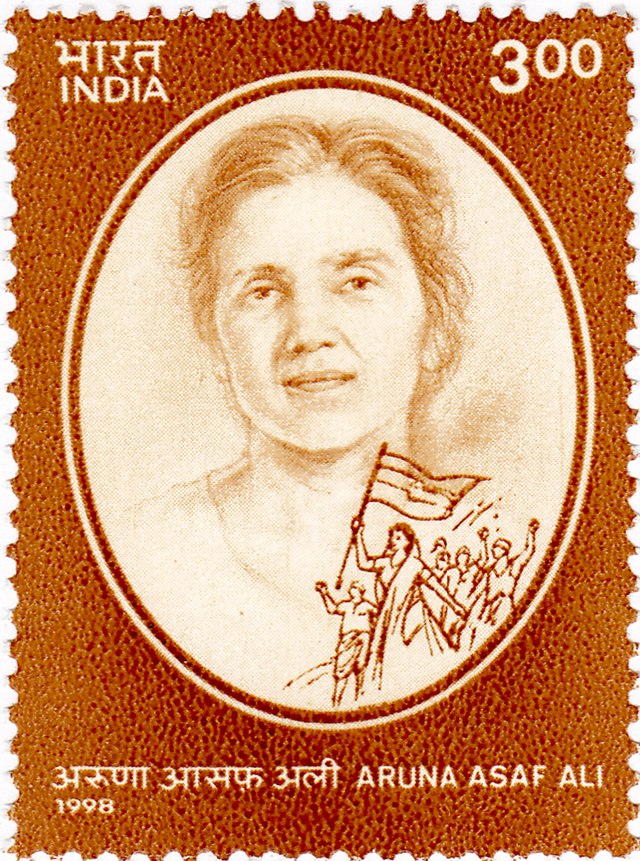
During the Quit Indian Movement, Aruna Asaf Ali was a key figure. She sprang to the occasion when her time came in 1942 during the Quit India Movement. She started the Quit India Movement by raising the National Flag at the Gowalia Tank Maidan in Bombay, and many of young people looked up to her as an inspiration. She committed herself fully to the Quit India campaign. To avoid capture, they moved and went underground. She oversaw the monthly Indian National Congress journal “Inquilab.” The Bharat Ratna, India’s highest civilian honor, was given to her.
Sucheta Kriplani

An passionate nationalist with a socialist bent, Sucheta Kriplani. She was close friends with Jai Prakash Narayana, a member of thQuit India Movement. On August 15, 1947, at the Constituent Assembly’s independence session, this politician with a St. Stephen’s education sang Vande Mataram. In 1946, she participated in the Constituent Assembly. Between 1958 and 1960, she served as general secretary of the Indian National Congress, and between 1963 and 1967, she served as chief minister of Uttar Pradesh.
Annie Besant

On October 1st, 1847, Annie Besan was born in Annie Wood, Ireland. She was a well-known political activist, defender of freedom, and supporter of women’s rights and the anti-Church movement. In the 1870s, Annie Besant joined the National Secular Society, and the Fabian Society promoted freedom of thought and an end to the Catholic Church’s oppression in England. She joined the Theosophical Society in 1889 because she was a socialist and sought spiritual comfort. In 1893, she traveled to India with the intention of evangelizing the Theosophical Society’s principles. She became steadily more involved in the continuing fight for freedom against British rule after arriving in India. Together with Bal Gangadhar Tilak, she established HOME RULE LEAGUE in 1916 and continued this revolutionary effort to secure India’s Dominion. Her efforts helped her win the 1917 election for the position of FIRST WOMAN PRESIDENT OF INDIA NATIONAL CONGRESS. She passed away on September 20, 1933, in India. She had a strong and courageous attitude throughout her entire life.
Lakshmi Sahgal
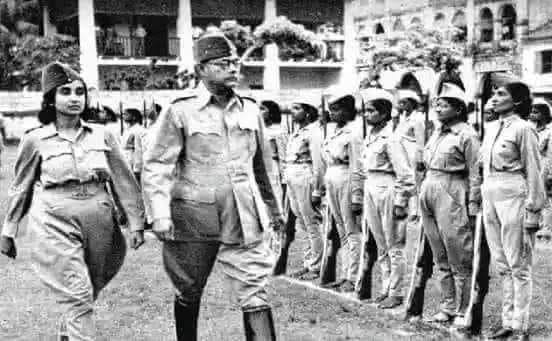 Laxmi Sehgal with NETAJI SUBASH CHANDRA BOSE
Laxmi Sehgal with NETAJI SUBASH CHANDRA BOSE
On October 24, 1914, Lakshmi Sahgal was born. She serves as the Azad Hind administration’s Minister of Women’s Affairs and is an officer in the Indian National Army. Also frequently used for Captain. She finished her medical school training. She is credited with setting up medical aid and relief camps in Calcutta for Bangladeshi refugees. She is one of the India Democratic Women’s Association’s founding members.
Conclusion:
In a nutshell, freedom fighters are responsible for the development of our nation. Today, however, it appears that individuals are fighting for everything they formerly opposed. Together, we must overcome racial prejudice and fulfill the Indian ideal of these freedom heroes. Then and only then will we remember and honor their sacrifices.
FOLLOW US ON INSTAGRAM: @thesupremerights
OUR WEBSITE: www.thesupremerights.com

